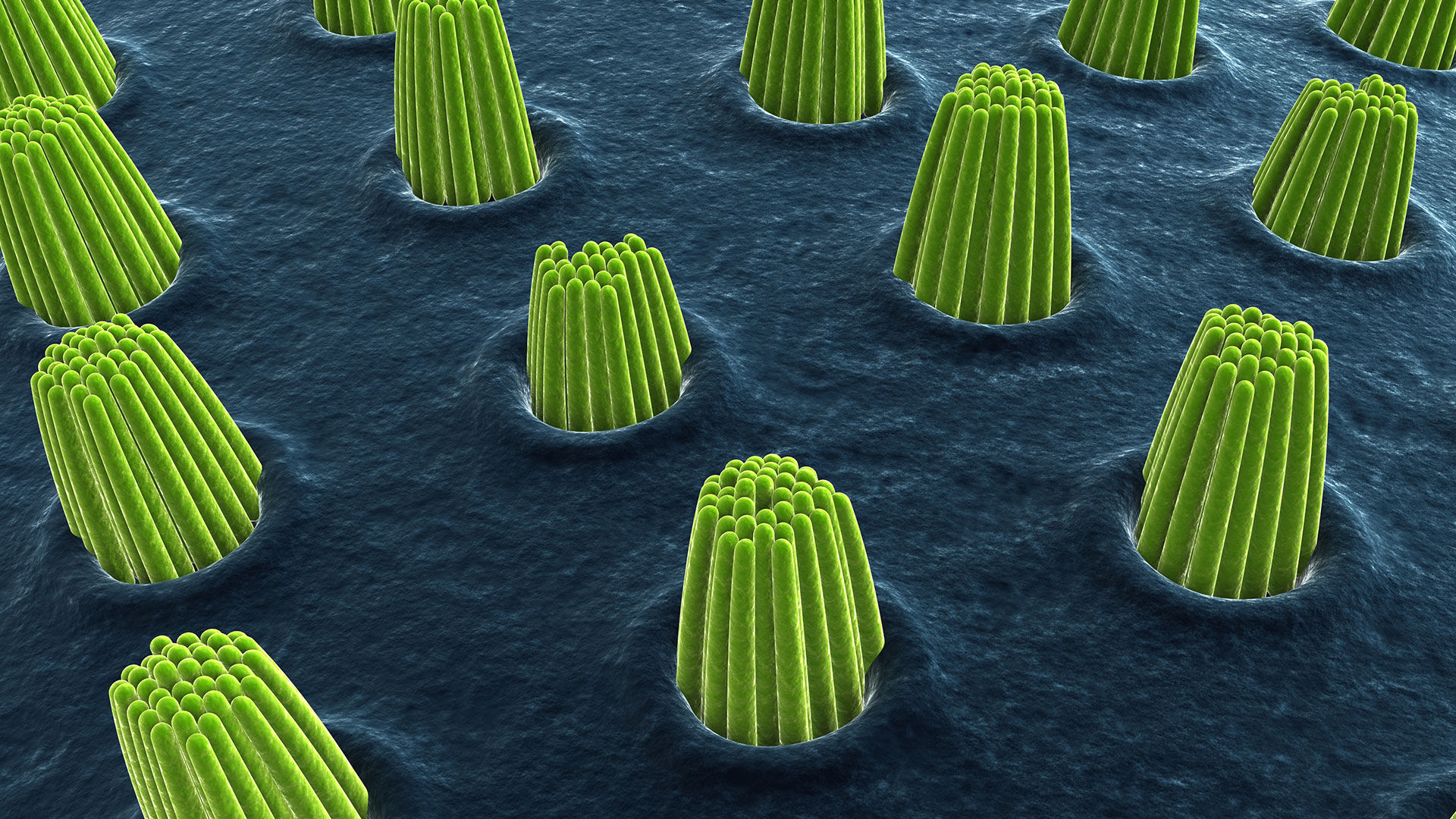
Scientists Discover “Master Gene” that Regrows Dead Ear Hair Cells
July 29, 2022
Published by Melanie Jay Neashford
Scientists in the U.S. have discovered a “master gene” that can regrow lost ear hair cells. It is known as TBX2.
Ear Hair Cells
TBX2 functions by directing ear cells to produce inner or outer hair cells, according to the findings, which were published in the journal Nature. For human hearing to work, we need both types of ear hair cells to work together. Inner hair cells transmit to the brain. Outer hair cells, which amplify sound, are frequently damaged by factors like age, medications, or even substance abuse. If the outer hair cells are missing or damaged, signals don’t get to the inner hair cells. As a result, they aren’t sent to the brain, and we don’t hear the sound.
Ear hair cell loss is a significant cause of hearing loss, resulting in sensorineural hearing loss, or SNHL – the type of hearing loss responsible for around 90 percent of hearing loss. The other 10 percent is usually attributed to conductive hearing loss or some form of blockage in the ear. Hair cells are sensory receptors within the ear that are essential towards processing sound. Lost or damaged ear hair cells reduce hearing capacity and contribute heavily towards hearing loss.
What Does TBX2 Do?
Scientists now believe they can reproduce these essential ear hair cells to replace those lost to age or damage. Recreating these cells is a significant step forward. This could be the start of a new form of gene therapy for hearing loss, according to researchers.
“This could be the start of a new form of gene therapy for hearing loss.”
The discovery builds on existing science whereby researchers can create artificial hair cells. However, these cells cannot develop into inner or outer ear hair cells, which is where TBX2 fits in. Researchers at Northwestern University investigated ear hair cells in mice and revealed that TBX2 is a regulator of inner ear hair cell versus outer ear hair cell production. Scientists analyzed hair cell creation concerning inner and outer ear hair cells. When a hair cell was created, blocking the TBX2 gene ensured that the cell was an outer hair cell.
What Happens Next?
While the discovery is a major step forward in neuroscience, it’s uncertain what happens next. Scientists hope to figure out how to use this new knowledge to create a cell development process that may be usable in treating hearing loss. Currently, it’s possible to create artificial hair cells. This method can’t differentiate between inner and outer hair cells, so some work still needs to be done.
In theory, if scientists can regrow ear hair cells, then they are one step further towards repairing or restoring lost hearing. However, there is still a long way to go. There’s no guarantee that this discovery will in any way lead to a “cure” for hearing loss. It does offer some hope, however, that ear hair cells might be replaceable one day.